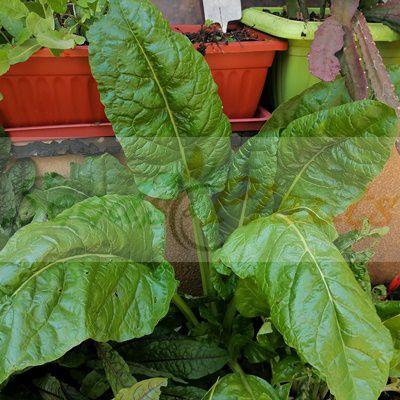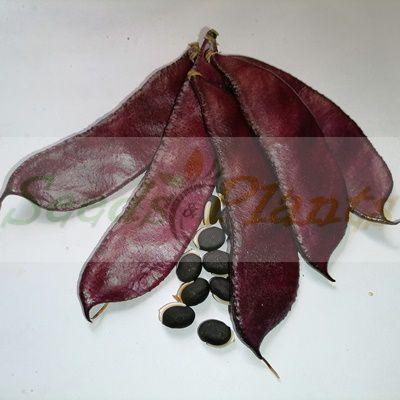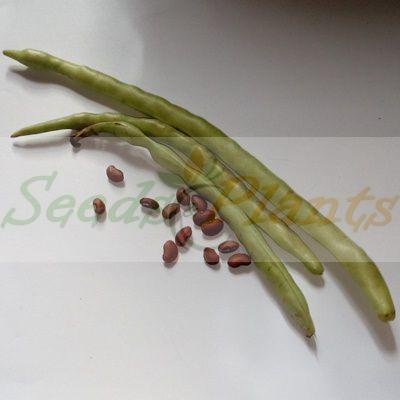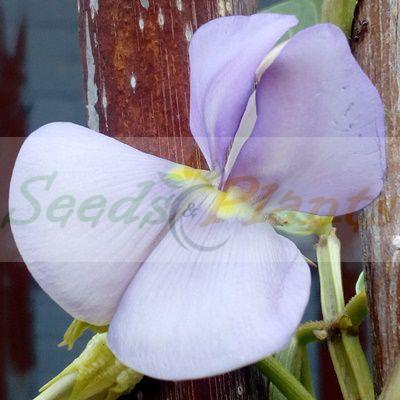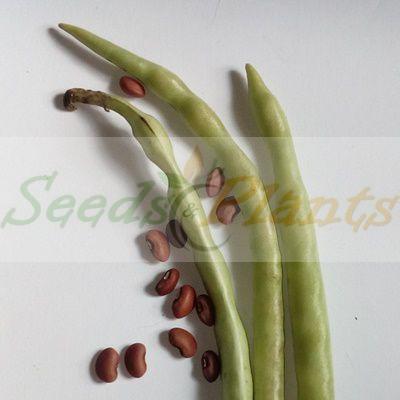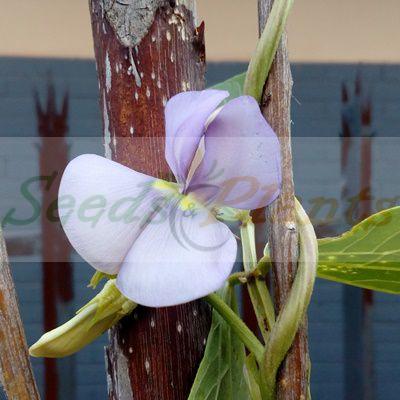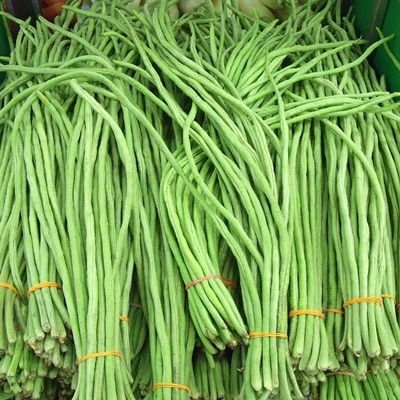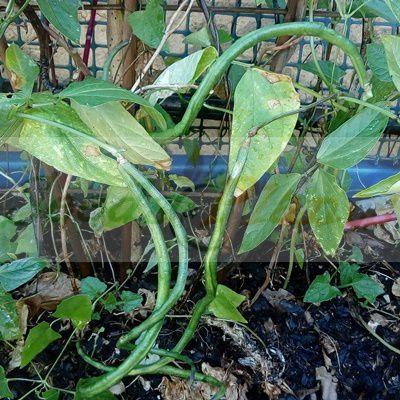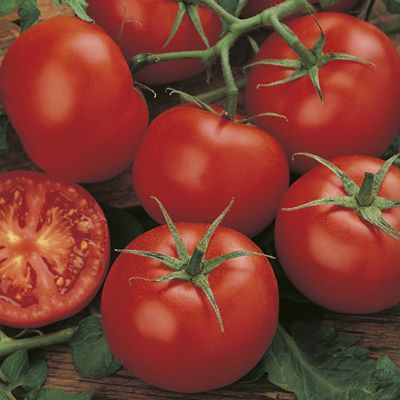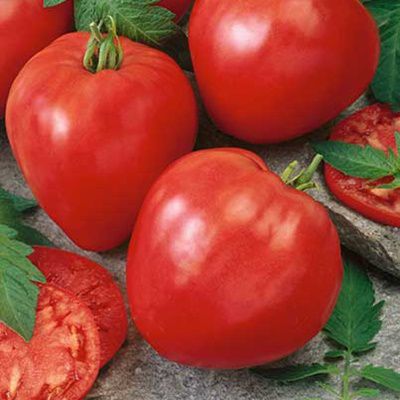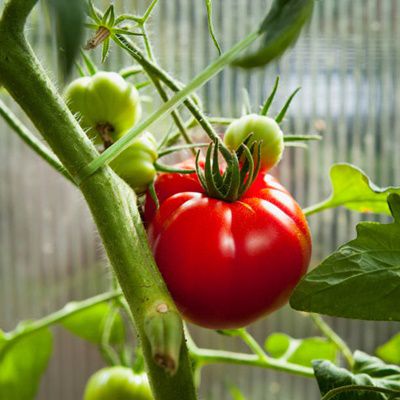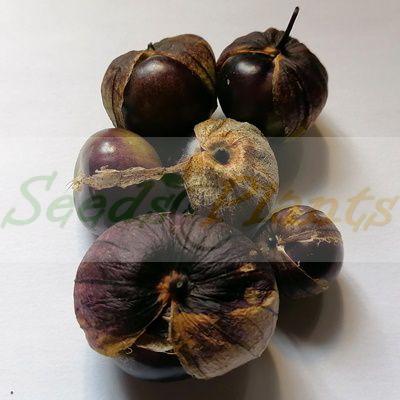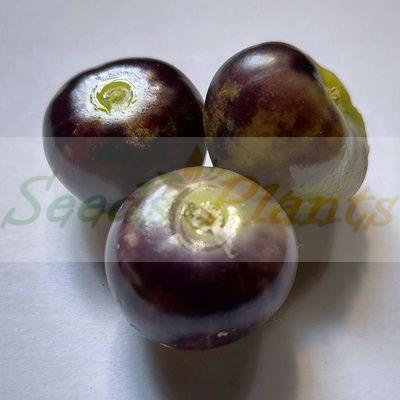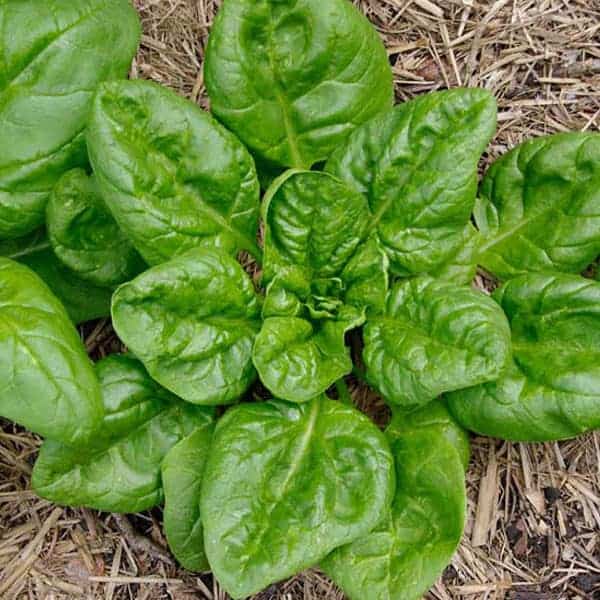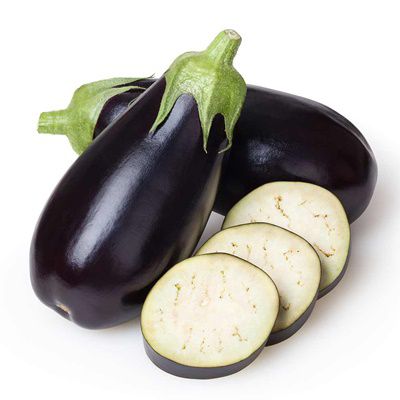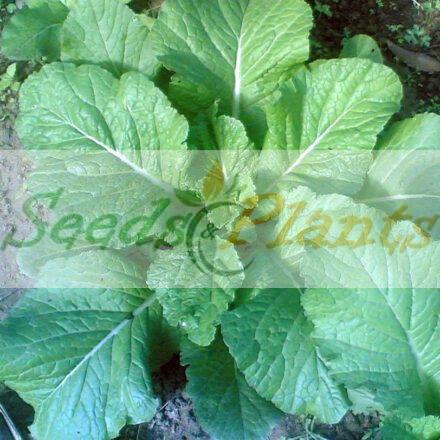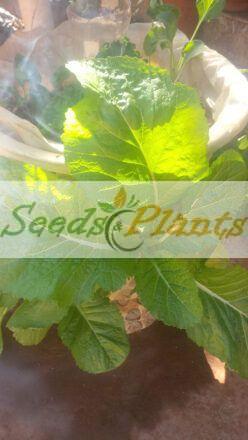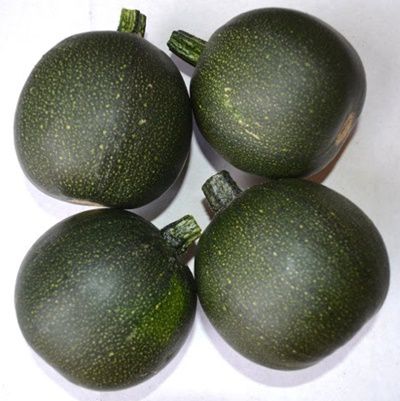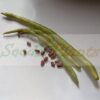🥕 Vegetable Quick Facts
Cowpea – 10 Seeds
(Vigna unguiculata)
R30.00
Cowpea, popularly known as blackeye pea, is an important grain legume in South Africa and many parts of Sub-Saharan Africa.
Indoor Sowing: Not Recommended.
Direct Sowing: Spring and Summer.
Out of Stock
Email me when the product is back in stock.
🥕 Vegetable Quick Facts
The cowpea (Vigna unguiculata) is an annual herbaceous legume from the genus Vigna. Due to its tolerance for sandy soil and low rainfall, it is an important crop in the semiarid regions across Africa and Asia. It requires very few inputs, as the plant’s root nodules are able to fix atmospheric nitrogen, making it a valuable crop for resource-poor farmers and well-suited to inter-cropping with other crops.
Common names: Arikaans: akkerboon, swartbekboon, boontjie, koertjie, dopboontjie; English: cowpea, bachapin bean, black-eye bean or pea, catjang, china pea, cowgram, southern pea; Sepedi: dinawa (plural), monawa, nawa; Shangaan: dinaba, munaoa, tinyawa; Setswana: dinawa, nawa-ea-setswana; Tshivenda: munawa (plant), nawa (fruit); isiZulu: imbumba, indumba, isihlumaya
Black-eyed peas are cultivated in many regions across the globe, and are so-called for the small black ‘eye’ where the bean is adjoined to the pod within the shell. Despite the name, they are more similar to beans than peas and share many of the same culture requirements as other legumes.
Cowpea Culinary Uses
- Cowpeas are grown mostly for their edible beans, although the leaves, green seeds and pods can also be consumed. Like other legumes, the peas are cooked to make them edible, usually by boiling.
- It can be prepared in stews, soups, purees, casseroles and curries.
- They can also be processed into a paste or flour.
- They can be eaten raw or cooked, but as they easily become waterlogged, they are usually sautéed, stir-fried, or deep-fried.
- A common snack in Africa is koki or moin-moin, where the cowpeas are mashed into a paste, mixed with spices and steamed in banana leaves.
- In India it is used to make curry and gravy to be eaten along with rice or roti.
Growing Cowpea
Indoor Sowing: Not Recommended.
Direct Sowing: Spring and Summer.
- All types of beans should be sown after the danger of frost has passed and the soil has warmed to at least 10 C.
- Sow all beans except cowpea, yard-long and lima beans 2.5 cm deep in heavy soil or 4 cm deep in light soil.
- The other three types of beans (cowpea, yard-long and lima) should be planted 1 cm deep in heavy soil and 2.5 cm deep in light soil.
- Cover the seeds with sand, peat, vermiculite or aged compost to prevent soil crusting.
- Plant bush bean seeds 5-10 cm apart in rows that are 61-91 cm apart.
- Plant pole beans in either rows or hills with seeds 15-25 cm apart in rows that approximately 1m apart. Provide support for pole beans as well.
- Growing beans, regardless of type, do not need supplemental fertilizer but they do need consistent irrigation, especially while budding and on into setting pods.
- Water bean plants with an inch of water per week depending upon weather conditions. Water in the morning so the plants can dry rapidly and avoid fungal disease
Disclaimer
Medicinal Information:
All medicinal information on this website is for educational and informational purposes only and may not be construed as medical advice. The information is not intended to replace medical advice or treatment offered by healthcare professionals.
Seeds, Plants, Plant Cuttings, Geophytes and Dried Herbs:
In some countries and provinces, certain plants are deemed as invasive and are not allowed to be planted at all, whilst some plants are allowed to be grown only in certain areas or provinces. The onus is on you as the buyer to familiarize yourself with the regulations pertaining to your location, before purchasing any of our seeds, plants, plant cuttings, geophytes or dried herbs. We will not be held liable, should you purchase any seeds, plants, plant cuttings, geophytes or dried herbs. from us which are prohibited in your country or province.

